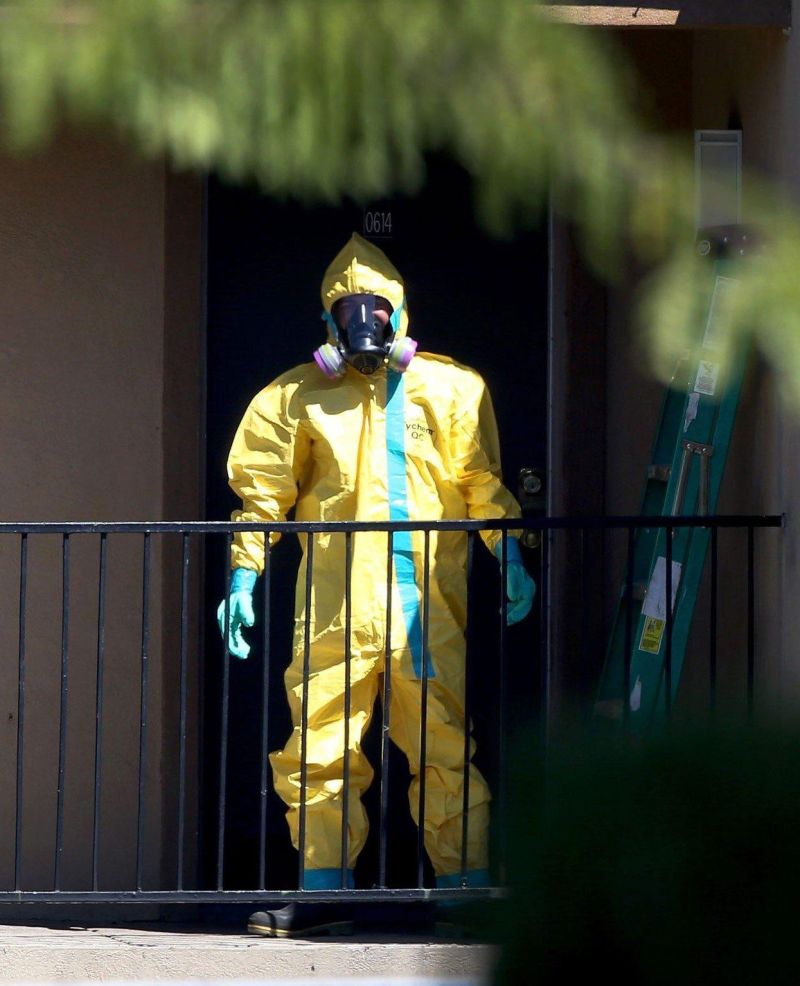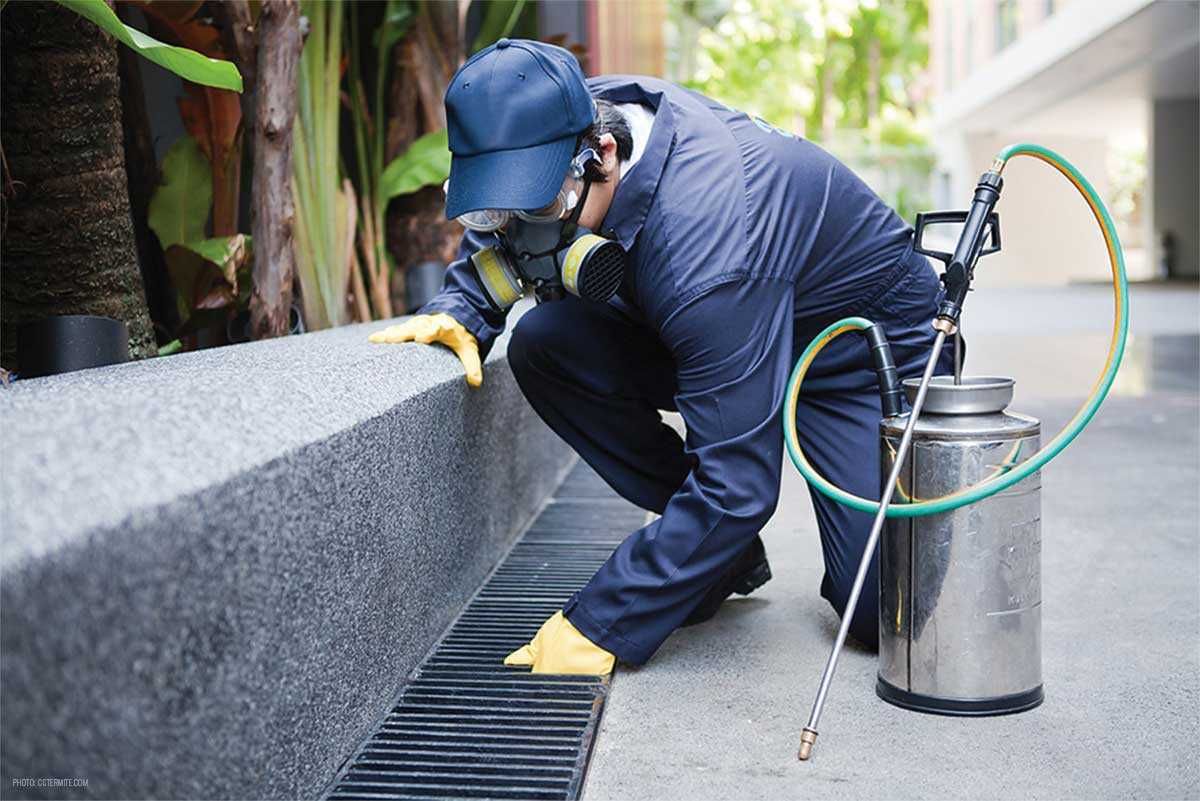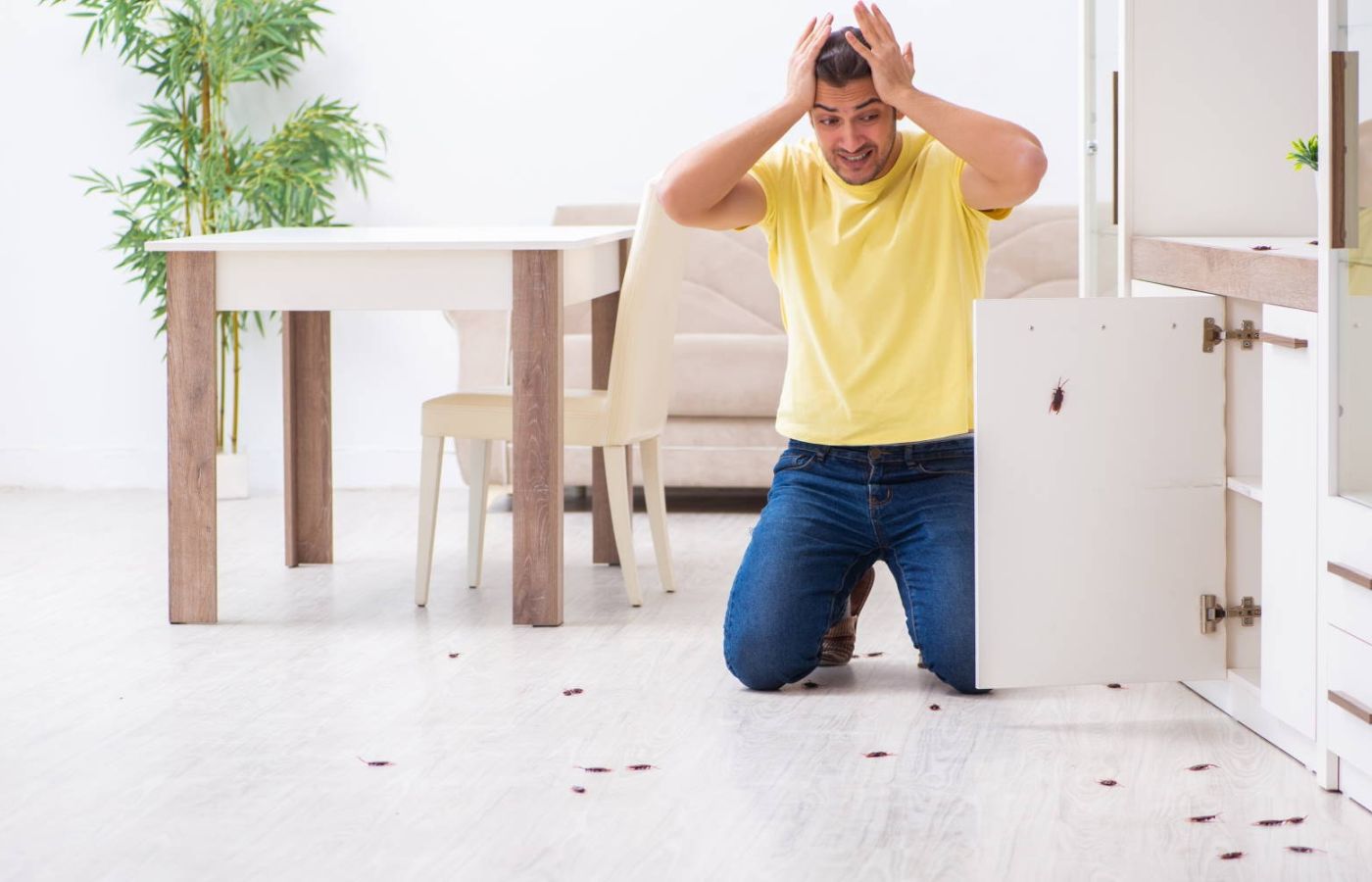
At Spiderman SE, we’re proud to lead the way in Mt Gambier and beyond with modern pest control techniques that are safer for families, pets, businesses, and the environment. Let us explain how we believe pest control management is done right in today’s world.
Prevention First, Products Second
Old-school pest control often meant one thing: chemicals, and lots of them! If something moved, it got sprayed. Today, we know that blanketing an area in pesticides isn't effective, practical, sustainable, or safe. Instead, prevention and behaviour-based solutions are at the forefront of our pest control approach.
We focus on the lifecycle of the pest we are dealing with and colony control, not just what is visible to us in the moment. Part of our goal is to make your home or business less attractive to pests in the first place. We work with our clients to identify and reduce food sources, remove hiding places, seal entry points, and manage moisture—a dry, clean environment is about as appealing to pests as a bath is to a cat.
Integrated Pest Management (IPM): The Smarter Way to Control Pests
Modern pest control isn’t about blitzing your home with chemicals at the first sign of trouble. Instead, it’s about smart decision-making — choosing the right solution, at the right time, for the right pest. That’s the heart of Integrated Pest Management, or IPM.
Integrated Pest Management (IPM) is widely considered the gold standard in professional pest control management today. It’s a practical, science-based approach that focuses on prevention, targeted treatment, and long-term solutions — all while keeping people, pets, and the environment safe.
What Makes Integrated Pest Management (IPM) Different?
Unlike old-school methods that relied on heavy chemical use regardless of the situation, Integrated Pest Management (IPM) is about working smarter, not harder (or more toxically). It starts with understanding pest behaviour and the reasons they’re there in the first place, so we can deal with the root of the problem, not just the symptoms.
Here’s how we apply Integrated Pest Management (IPM) principles in homes, schools, offices, and businesses across Mount Gambier and the surrounding region:
1. Prevention is Key
The best pest control problem is the one that never happens. So, the first step in Integrated Pest Management (IPM) is prevention. This could mean:
- Sealing up cracks and crevices
- Improving ventilation to reduce moisture
- Cleaning up food spills and removing clutter
- Securing bins and food storage areas
Urban pests like cockroaches, ants, rats, and spiders don’t need much to settle in. A few crumbs and a damp cupboard? Paradise! Cutting off access points and resources makes a huge difference.
2. Inspection and Monitoring
Before we touch a single treatment product, we do a thorough inspection. We want to know:
- What pests are present?
- How many of them are there?
- Why are they here?
- How are they getting in?
We use monitoring tools, visual checks, and a big dose of experience to understand what’s going on behind the scenes. This helps us decide whether action is needed — and if so, what kind.
3. Thresholds: When to Act
Not every spider in the corner is a crisis. However, we get that not everyone is thrilled to meet one in the shower! Integrated Pest Management (IPM) works on thresholds — the idea that we act when pest activity reaches a level that poses a health risk, causes damage, or becomes an infestation.
That way, we’re not over-treating harmless or seasonal visitors, but we’re also not letting genuine problems escalate.
4. Targeted Treatment – Not One-Size-Fits-All
When treatment is needed, Integrated Pest Management (IPM) favours the least disruptive option first. Here’s how that might look in an urban setting:
- Physical solutions like sealing gaps or installing door sweeps
- Mechanical traps for rodents or cockroaches in sensitive areas
- Low-toxicity, residual sprays placed where pests hide or travel — not sprayed wall-to-wall
- Baits that target colonies at the source, particularly for ants and cockroaches
Importantly, we never use outdoor-only products indoors, or vice versa. What works on a farm won’t necessarily suit your kitchen or office lunchroom.
5. Safe for the Good Bugs
Urban environments still rely on helpful insects like bees, ladybirds, and pollinators in gardens and green spaces. We go out of our way to ensure treatments don’t harm these beneficial species. That means:
- Avoiding broad-spectrum products
- Applying treatments at times or in places where good bugs won’t be affected
- Using products that target only the pest at hand
We’re pest control specialists, not bug bounty hunters, and we know the difference between friend and foe.
6. Feedback, Follow-Up, and Fine-Tuning
Integrated Pest Management (IPM) isn’t a “set and forget” approach. We always check back in to see how effective a treatment has been and make adjustments if needed. Every property is unique with its own distinct qualities.
This is where experience counts. No amount of software beats a trained technician who knows what to look for and can adapt.
Why It Matters
Traditional chemical-heavy treatments may have worked in the short term, but they often came with significant downsides — strong odours, surface residue, resistance build-up, and health concerns for kids, pets, and people with sensitivities.
Integrated Pest Management (IPM) addresses these problems by using fewer chemicals, more knowledge, and smarter strategies. It’s safer, more effective over time, and far more aligned with how we live today, especially in homes, schools, aged care settings, hospitality, and food premises.
In short, Integrated Pest Management (IPM) is the modern approach to pest control. It’s smarter, safer, cleaner, and better (except the pests).

Low-Tox, Residual, and Odourless Pest Control Treatments
Remember those strong-smelling pest control treatments from back in the day? The ones that made your house stink like a cross between a science lab and a lemon factory? Thankfully, those days are behind us.
Modern treatments are low-toxicity, odourless, and designed to stay effective over time without disrupting your life. Residual treatments work behind the scenes, protecting your home or business long after our initial visit. This is especially important in environments like homes, cafés, restaurants, and healthcare settings, where both safety and discretion are essential because no one wants their burger seasoned with a side of pesticide!
In the past, heavy chemical applications were the norm, but they came with serious health risks. Some older pest management treatments have been linked to respiratory issues, neurological problems, and environmental damage. As our understanding of chemical impacts has grown, so too has the need for safer, smarter solutions.
Context is Everything
Eco-friendly products are the heart of what we do! For years, Spiderman SE has been using professional-grade products that are low-toxicity and responsibly applied. But it’s not just about grabbing something that says “eco” on the label, it’s about using the right product, in the right place, at the right time. Some treatments are brilliant indoors but shouldn’t be used outside, and vice versa. For example, Neonicotinoids can be brilliant indoors, especially for households with cats, which can react badly to pyrethrins. However, we wouldn’t use them outside, where they might impact bees and other beneficial insects.
Knowing where to look, what signs to spot, and when to act comes from years of boots-on-the-ground experience. Sometimes, the best tool in pest control isn’t a gadget — it’s good old-fashioned know-how. Thanks to our many years of pest control experience, our team carefully selects the right pest control solution for each environment, ensuring maximum effect with minimal impact.
Protecting the Good Guys
Not all insects are villains. Bees, for example, are critical to our food supply and the broader ecosystem. When managing pests, we’re incredibly mindful not to harm beneficial species.
Product selection, application methods, and placement are carefully planned so that the nasty bugs get the boot but the good ones, like our hardworking pollinators, stay safe and buzzing along.
Honesty, Education, and Real Pest Control Solutions
At Spiderman SE, we believe our clients deserve honesty, transparency, and clear communication. No confusing jargon, no hard sells, and no mysterious "trust us" handwaves. Since every pest control situation is unique, after our inspection, we walk you through what we recommend doing, why we’re doing it, and how you can help maintain a pest-free environment after our treatments. Pest control works best when you are part of the team.
Think of it like prescribing medicine; you don’t give the same thing to every patient. You assess the situation, weigh up the risks, and tailor the treatment. Pest control is no different. We are not just picking products at random; we’re making decisions based on biology, behaviour, and risk.
Pest Control Done Right
Modern pest control isn’t about fighting nature; it’s about working smartly with it. By focusing on prevention, lifecycle control, careful treatment application, and protecting beneficial species, we’re helping homes and businesses across Mt Gambier and the surrounding regions stay protected, safely and sustainably.
If you’re looking for professional pest control and Integrated Pest Management (IPM) that’s friendly and firmly focused on doing things the right way, get in touch with the team at Spiderman SE. We’re here to help — and we promise, no superhero capes required... unless you really want one.
More about our professional pest control & Integrated Pest Management (IPM)

